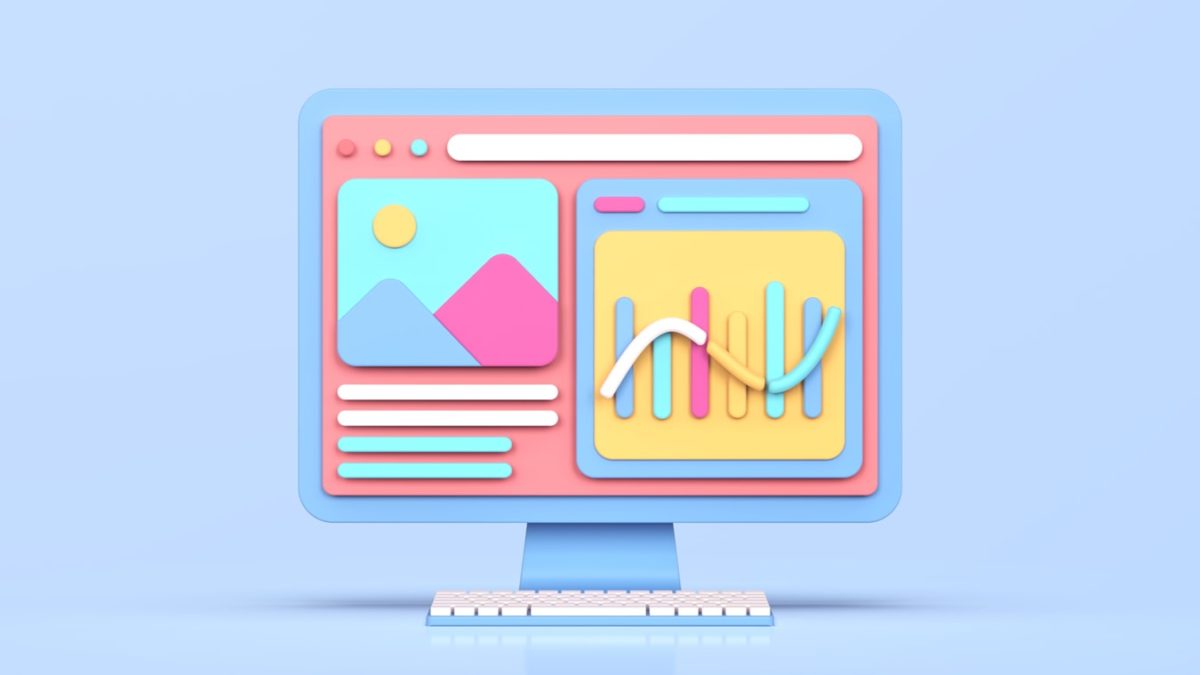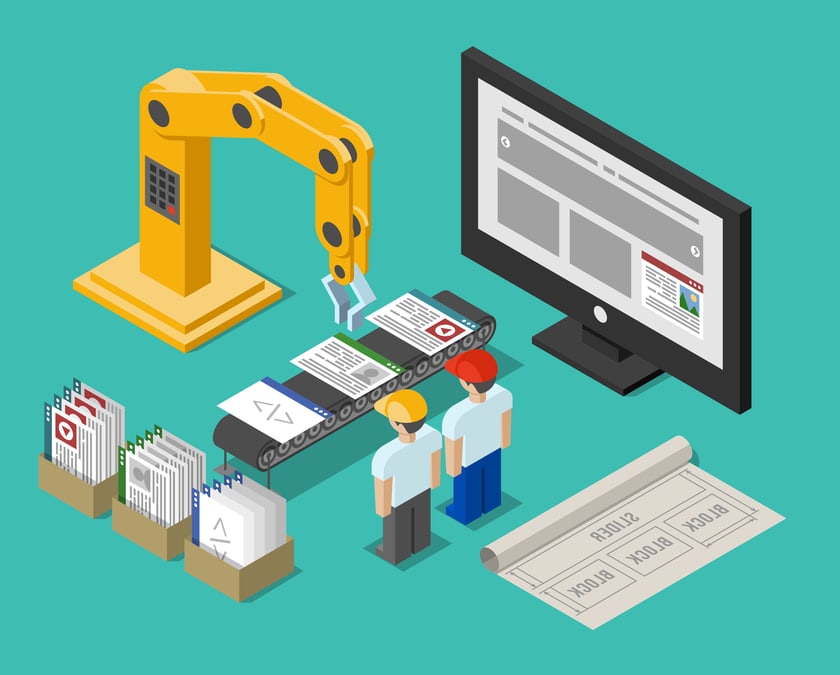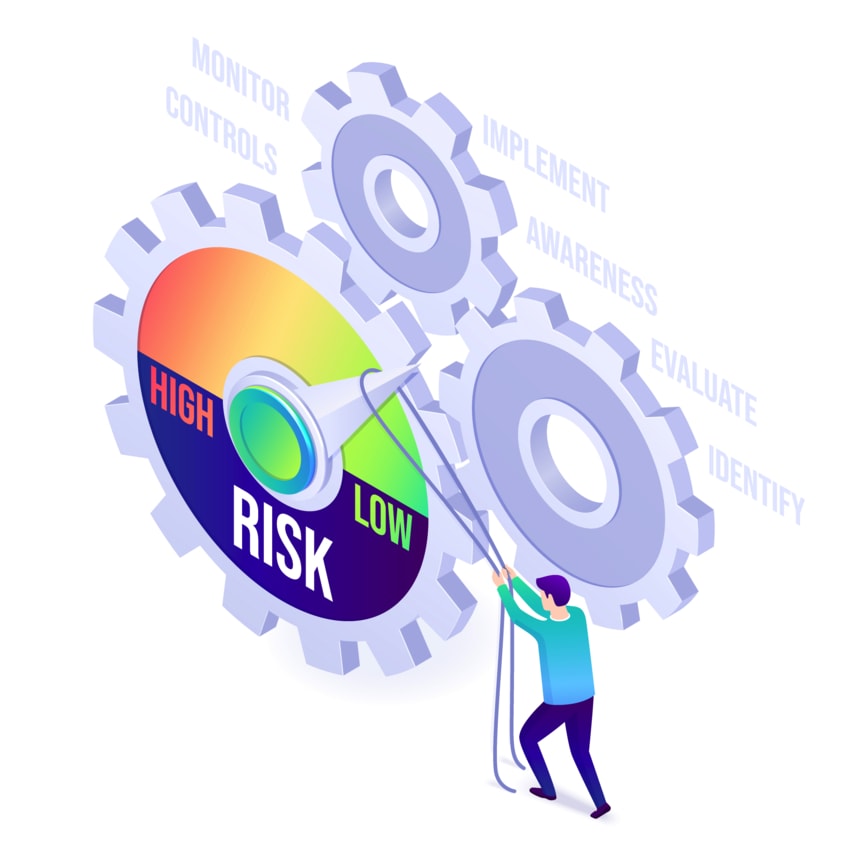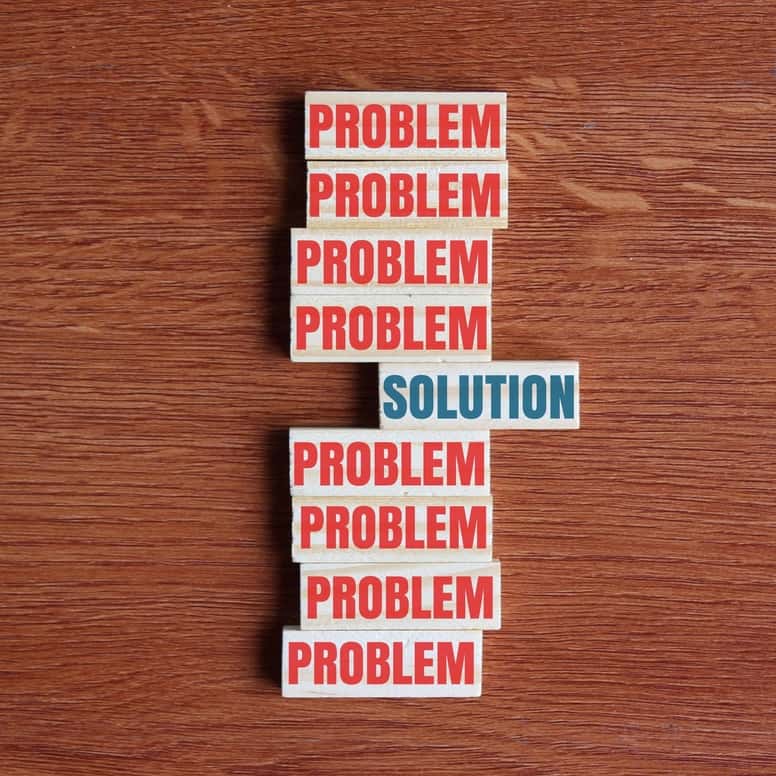There is no single template for starting a business. Many entrepreneurs take a “kitchen table” approach, experimenting with different products or services until they hit on something that resonates with customers. However, there are key steps that all successful businesses follow, and the customer discovery process is one of the most important.
This four-stage process will help you determine whether there is a market for your product or service, identify your target customers, and develop a strategy to reach them. So, what are the stages of customer discovery? Let’s take a closer look.
What is the Customer Discovery Process?
The customer discovery process is a cycle of activities that entrepreneurs use to validate whether there is a market for their product or service idea. Customer discovery can be done through customer observation. This process helps entrepreneurs determine whether their business idea is worth pursuing by testing it with potential customers.
With each cycle, entrepreneurs refine their business model and product offering based on feedback from customers. A business model can be thought of as a map that shows how a business will create value for its customers and generate revenue.
The customer discovery process typically starts with an idea, which the entrepreneur then develops into a prototype. The prototype is then tested with potential customers to get feedback about the product or service. Based on this feedback, the entrepreneur decides whether to continue developing the product or service or pivot to a new idea.
Since the potential customers’ feedback is crucial in the customer discovery process, selecting the right people to interview is important. Potential customers should be likely to use the product or service and who can provide honest and constructive feedback.
Difference Between Customer Discovery and Customer Validation
Now you know the customer discovery process, but what is the difference between customer discovery and customer validation in the customer development model?
Purpose
The first difference is the purpose of each stage. The purpose of customer discovery is to help startups identify a problem that potential customers have and determine whether there is a potential market for their solution.
The purpose of customer validation, on the other hand, is to validate that the problem exists and that the solution solves it. Like customer discovery, customer validation also assesses whether there is a potential market for the solution. Even though the purpose of each stage is different, both the customer discovery stage and validation use customer feedback to validate assumptions.
Methods
Another important aspect of the customer discovery process is deciding which methods you will use to gather information. There are various ways to collect customer feedback, each with advantages and disadvantages.
One popular method in business development is interviewing potential customers in person or over the phone. This can be a great way to get in-depth product feedback and understand how people think about and use your product. However, finding and interviewing enough people can also be time-consuming and expensive.
Another common method is conducting online surveys. This can be a quick and cost-effective way to reach many people. However, surveys can sometimes produce biased results if not designed properly. Other methods for collecting customer feedback include focus groups, user testing, and data analysis.
Timeframe
The timeframe for customer discovery is typically shorter than the timeframe for customer validation. Customer discovery focuses on understanding the problem and potential market, while customer validation focuses on validating the solution.
Customer discovery can take anywhere from a few weeks to a few months, while customer validation can take several months to a year.
Outputs
The outputs of customer discovery and validation are also different. The output of customer discovery is typically a set of findings and recommendations, while the output of customer validation is typically a prototype or MVP (minimum viable product). If you’re unsure which stage you’re in, that’s OK—the key is to keep moving forward and learn from your customers. Plus, it’s important to periodically cycle back through these stages as your product or service evolves to maintain customer growth.
Pivoting
Pivoting is a common occurrence in the customer discovery process. This is because the feedback you receive from potential customers can help you to refine your product or service and make it more appealing to your target market. Pivoting can also help you avoid developing a solution that no one wants.
On the other hand, validation is all about confirming that your solution solves the problem in the way you intended. So, if you receive feedback during validation that suggests your product or service is not meeting customer needs, it may be time to go back to the drawing board.
Key takeaway
The key difference between customer discovery and customer validation is that customer discovery is focused on understanding the customer, while customer validation is focused on testing the product. The cycle of customer discovery and validation helps companies build the right product for their customers.
Customer discovery is learning about a customer segment’s real needs and how best to serve them. The process begins with developing a hypothesis based on market research and your assumptions. Customer interviews follow this to validate the hypothesis. Once the hypothesis is validated, it’s time to proceed to customer validation.
Do you need help with the customer discovery process?
Why is Customer Discovery Important?
There are a lot of reasons why customer discovery is important. Let’s go over a few of them.
Simplify complex problems
The first reason is that it can simplify complex problems. When starting a business, you will inevitably face many challenges and obstacles. It can be difficult to identify the root cause of these issues without speaking to customers directly. Through customer discovery, you can gather feedback and better understand the problem you are trying to solve. This will help you simplify the problem and focus on the most important aspects. The blank’s customer development model is a great tool to use during customer discovery.
Identify customer needs
Another reason customer discovery is important is that it can help you identify customer needs. It can be difficult to know what customers want or need without speaking to them directly. As you better understand their needs, you can adapt your product or service to better meet their requirements. If you don’t bother to discover what customers want, you may waste time and resources developing a product or service that no one needs. To conduct customer discovery effectively, you need to be able to speak to customers openly and honestly. This means being receptive to feedback, even if it is negative. Plus, it is very important in engaging potential customers.
Build better products
Another important reason for customer discovery is that it can help you build better products. When you clearly understand the problem you are trying to solve, you can develop a product or service that is more likely to succeed. If you don’t take the time to speak with customers, you run the risk of building a product that no one wants. As the customer validation process shows, it is important to get feedback early and often to ensure you are on the right track.
Reduce risk
Customer discovery can also help you reduce risk. When starting a business, there are many unknowns. You can reduce the risk of building something that no one wants by talking to potential customers. Let’s suppose you are thinking of starting a business that sells custom-made shoes. Through customer discovery, you may find out that there is no market for your product.
This information would save you a lot of time and money that you would have otherwise spent building your business. The prospective customers you speak to during customer discovery can also help you validate your business model and assumptions. This feedback can help you reduce the risk of failure and increase the chances of success.
Save time
In most cases, the customer discovery process will save you time in the long run. By spending a little extra time up front to validate your assumptions, you can avoid building something that no one wants or that doesn’t solve the right problem. If a business model doesn’t work, it’s better to figure that out sooner rather than later. Your target market may also have some great insights that you would never have thought of.
The customer discovery process is flexible, so it can be adapted to any business or product. If you’re not sure where to start, plenty of resources are available to help you get started, including books, blog posts, and online courses. As the core business assumptions are developed and validated through customer discovery, they will shape the product, technology, and team development.
The Four Stages of Customer Discovery
Customer Discovery is the first stage of The Customer Development Process Model. It is when the startup team works to understand the problem they’re solving and whether or not there is a market for their solution.
1. Problem Identification
The first step is to identify a problem that needs to be solved. This can be done by talking to potential customers, observing them, or reading about their pain points online. If you can’t find a problem that needs to be solved, you don’t have a business. To explain it further, if you don’t have a problem to solve, you don’t have a business. Like every other process, the customer discovery process begins with a problem. Even if you have a great solution, it won’t matter if there is no market for it. Plus always keep in mind that the problem you think needs to be solved may not be the real problem.
2. Solution Hypothesis
The next step is to develop a solution to the identified problem. This solution will be your product or service. It’s important to note that your only hypothesis is based on what you think will solve the problem at this stage. It’s important to validate this hypothesis with potential customers. When developing your solution hypothesis, answer the following questions:
- Who is your target market?
- What needs does this market have that are not being met by existing solutions?
- How will your product or service meet these needs?
- What unique value does your product or service offer?
- How will you generate revenue with your product or service?
Let’s implement the customer discovery process for your business now!
3. Customer Segments
The next step is to identify your target market or customer segments. This group of people you think will be interested in your product or service. You need to understand their needs and how your product or service solves those needs.
When identifying customer segments, it’s important to consider who your product or service is for and who it’s not for. In this step, the product-market fit is also essential, which you will validate in the later stages.
4. Value Proposition
The customer discovery process end in value proposition. Once you know your customer segments, you need to develop a value proposition. This is a statement that describes how your product or service solves the needs of your target market. Your value proposition should be clear, concise, and easy to understand. It should also be something you can test and validate with potential customers. This is where the customer discovery process ends.
Further to develop a strong value proposition, answer the following questions:
- What needs does your target market have?
- How does your product or service solve those needs?
- What unique value does your product or service offer?
After completing these four stages, you will understand the problem you’re solving and your potential customers. The next step is to validate your solution hypothesis with potential customers. This is done through customer interviews.
Final Words on the Customer Discovery Process
At last, it can be said that the customer discovery process is a very important tool for any business. It allows businesses to reduce the risk of product failure and increase their chances of success. This process should be used early on in the product development cycle to get the most accurate feedback possible from customers.
The customer discovery process can help you reduce the risk of product failure and increase your chances of success. Whether you’re a startup or an established business, this process can give you the insights you need to create a product that customers will love.
The best time to use the customer discovery process is before you even have a product if you’re just starting. This way, you can validate your assumptions about your target market and what they want, and eventually help your business grow to the next level.
Growth Hackers is a remarkable customer experience (CX) agency helping businesses from all over the world grow. There is no fluff with Growth Hackers. We help entrepreneurs and business owners benefit from the customer discovery process, generate qualified leads, optimize their conversion rate, gather and analyze data analytics, acquire and retain users and increase sales. We go further than brand awareness and exposure. We make sure that the strategies we implement move the needle so your business grow, strive and succeed. If you too want your business to reach new heights, contact Growth Hackers today so we can discuss about your brand and create a custom growth plan for you. You’re just one click away to skyrocket your business.








